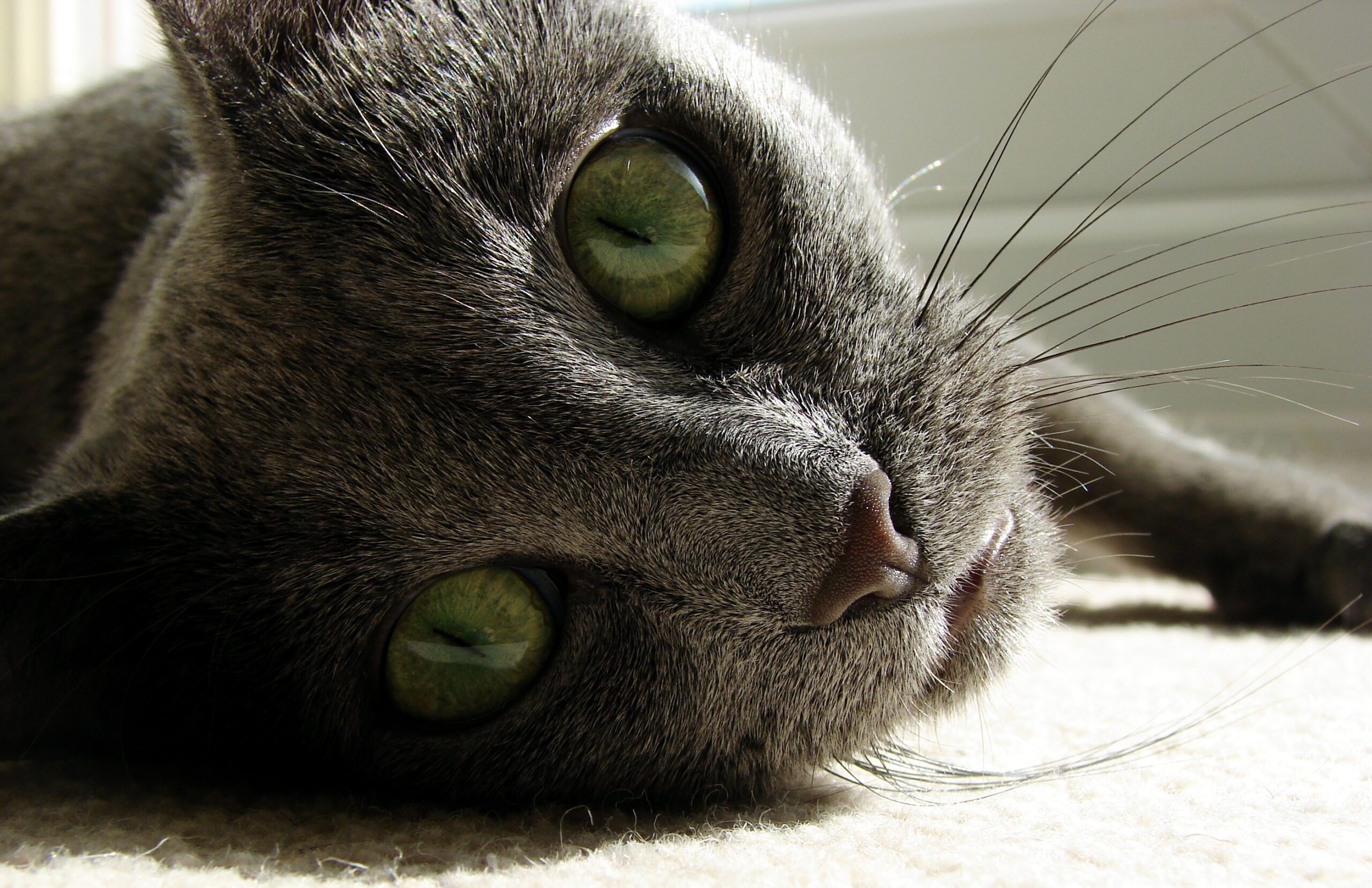Hypoallergenic cat breeds include the Siberian, Balinese, Devon Rex, and Sphynx. These breeds produce fewer allergens.
People who suffer from allergies but still want to own a cat may consider these hypoallergenic breeds. The Siberian cat is known for producing fewer allergens due to its thick, triple-layered coat. Similarly, the Balinese cat is another hypoallergenic breed with long, silky fur.
The Devon Rex, with its unique coat texture, and the hairless Sphynx cat also produce fewer allergens. These hypoallergenic cat breeds offer allergy sufferers a chance to enjoy the companionship of a feline friend without the usual allergic reactions.
What Is Hypoallergenic Cats
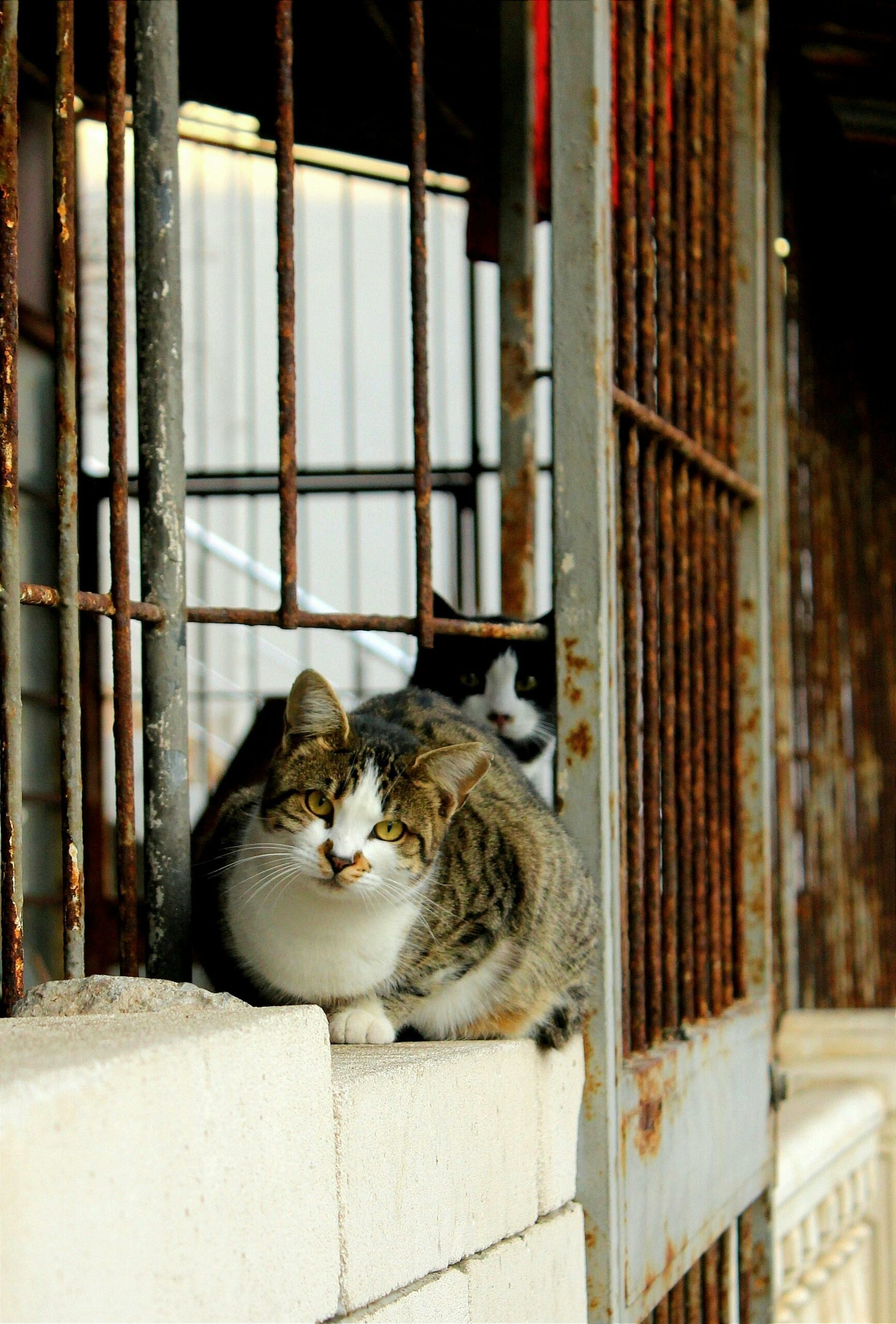
What Makes A Cat Hypoallergenic?
Hypoallergenic cats are breeds that produce fewer allergens, making them suitable for individuals with allergies to cats. These cats are not entirely allergen-free, but their reduced shedding and production of dander can make them more compatible with allergy sufferers.
Common Misconceptions About Hypoallergenic Breeds
There are several misconceptions surrounding hypoallergenic cat breeds, leading many to believe that these cats are completely non-allergenic. However, it’s important to understand that no cat breed is entirely allergen-free, and individual reactions can vary significantly. While some hypoallergenic breeds may produce fewer allergens, it’s crucial to consider that allergens can still be present in the environment due to factors such as grooming habits and living conditions.
The Science Behind Cat Allergens
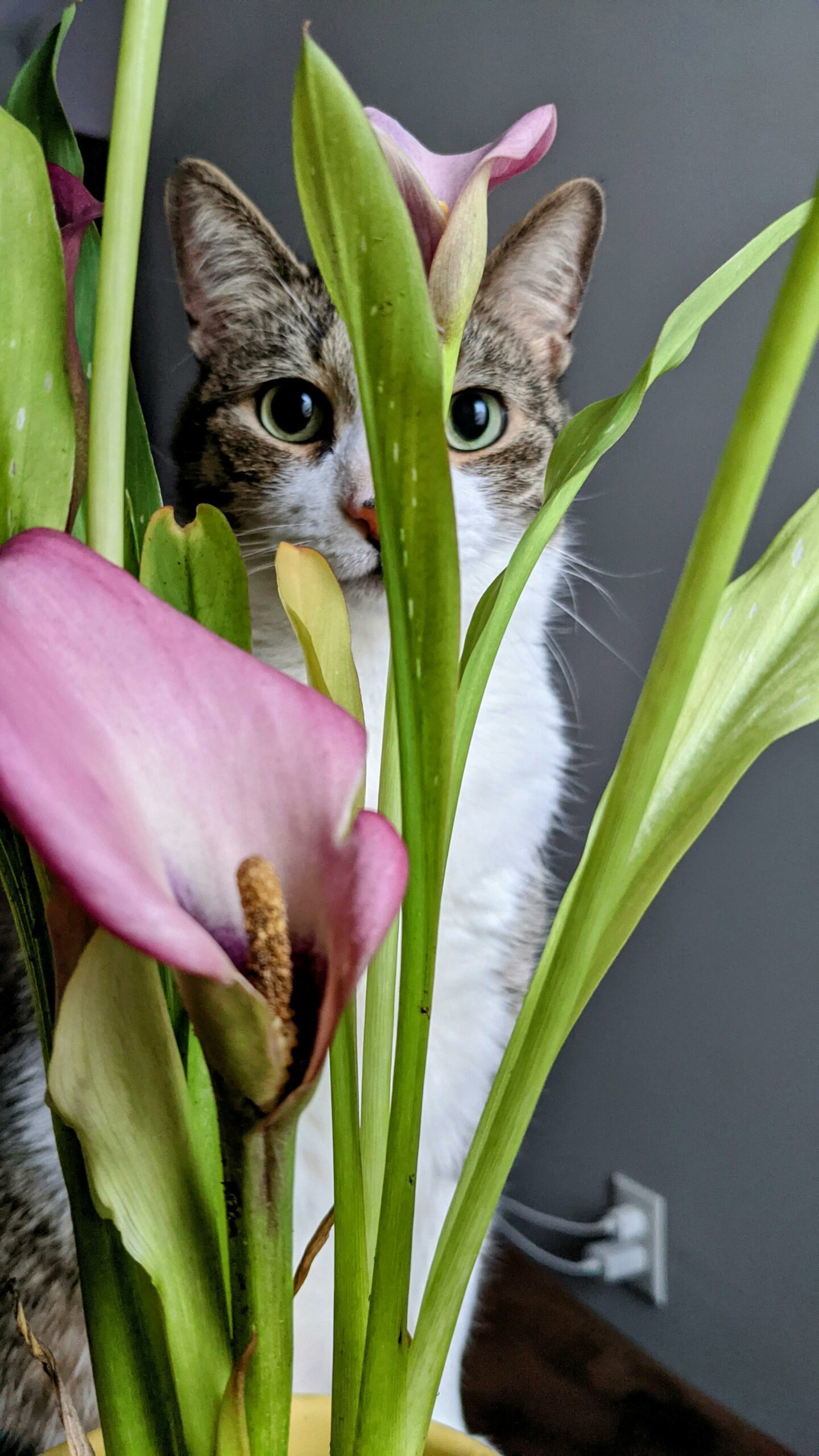
Identifying The Allergenic Proteins
Allergies to cats are mainly triggered by the Fel d 1 protein found in their saliva and sebaceous glands.
How Hypoallergenic Breeds Differ
Hypoallergenic cat breeds produce lower levels of Fel d 1 protein, making them less likely to cause allergic reactions.
Popular Hypoallergenic Cat Breeds
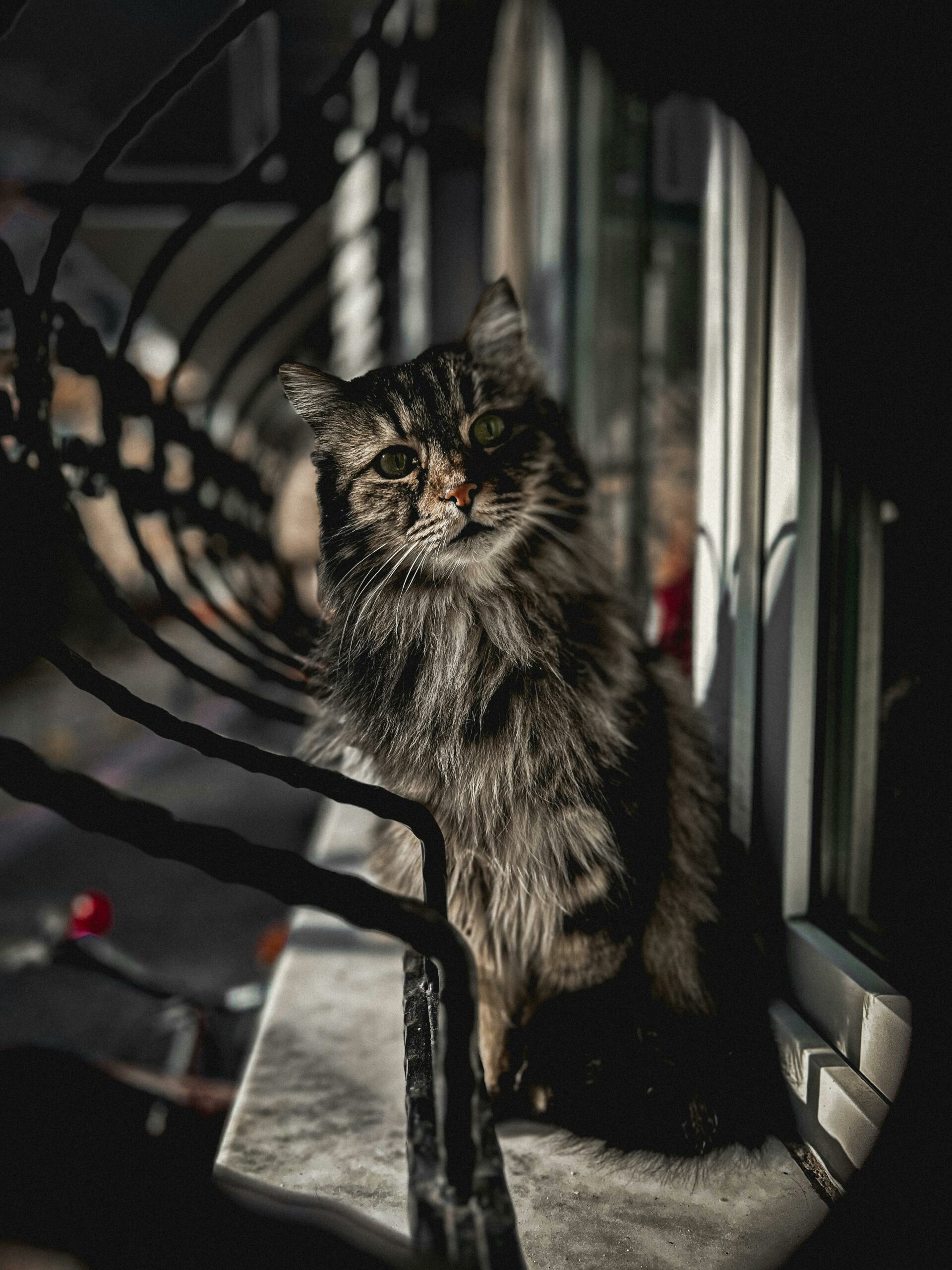
When it comes to finding a hypoallergenic cat breed, there are many popular options that are known for producing fewer allergens. These breeds can be a great choice for individuals with allergies who still want to enjoy the companionship of a feline friend. Below, we’ll explore two popular hypoallergenic cat breeds that are favoured for their low allergen production.
Siberian Cats: Low In Fel D1
Siberian cats are renowned for their thick, long fur and striking appearance. Despite their luxurious coat, these cats are considered hypoallergenic due to their low production of the allergen Fel D1. This protein is typically found in a cat’s saliva and skin secretions, and is a common trigger for allergic reactions in humans. Siberian cats are known to produce lower levels of Fel D1 compared to other breeds, making them a popular choice for allergy sufferers.
Balinese: The Long-haired Choice
The Balinese cat, often referred to as the long-haired Siamese, is another hypoallergenic breed that is favoured by cat lovers with allergies. Despite their luscious, silky coat, Balinese cats produce less dander and saliva, which are the primary sources of allergens in cats. This makes them a suitable option for individuals who are sensitive to allergens commonly associated with felines. With their elegant appearance and gentle temperament, Balinese cats are a sought-after choice for those seeking a hypoallergenic pet.
The Unique Russian Blue
Distinctive Coat And Allergen Levels
Russian Blues have a low shedding coat and produce less of the allergen protein Fel d 1.
Personality Traits Of Russian Blues
- Friendly and affectionate towards their owners.
- Intelligent and playful, enjoying interactive toys.
- Reserved with strangers but form strong bonds with their family.
Oriental Shorthairs
Oriental Shorthairs are a unique and captivating breed known for their sleek bodies and large, pointed ears. With their striking looks and outgoing personalities, these cats are a popular choice for those seeking a hypoallergenic pet.
Minimal Shedding And Dander
Oriental Shorthairs are considered hypoallergenic due to their minimal shedding and low dander production. This makes them an ideal choice for individuals with allergies or sensitivities to pet dander.
The Wide Colour Spectrum Of Orientals
One of the most distinctive features of Oriental Shorthairs is their wide range of coat colours and patterns. From solid colours to tabby stripes, these cats come in a diverse array of hues, adding to their allure.
The Siamese Connection

The Siamese cat breed is renowned for its striking appearance, distinctive vocalizations, and affectionate nature. This breed has gained attention not only for its beauty and personality but also for its potential hypoallergenic qualities. Let’s explore the Siamese connection and its significance in the realm of hypoallergenic cat breeds.
Siamese Cats And Allergen Production
Siamese cats are often considered hypoallergenic due to their short, fine coat, which produces fewer allergens. Their minimal shedding and low dander production make them a viable option for individuals with allergies. Their unique coat texture also contributes to reduced allergen dispersion in the environment, making them a popular choice for allergy sufferers.
Historical Significance And Temperament
The Siamese breed has a rich historical significance, originating from ancient Siam (now Thailand). Renowned for their striking blue eyes, sleek bodies, and vocal nature, Siamese cats have captivated people for centuries. Their outgoing and social temperament makes them beloved companions, and their potential hypoallergenic qualities add to their allure.
Cornish And Devon Rex: The Wavy Coated Wonders
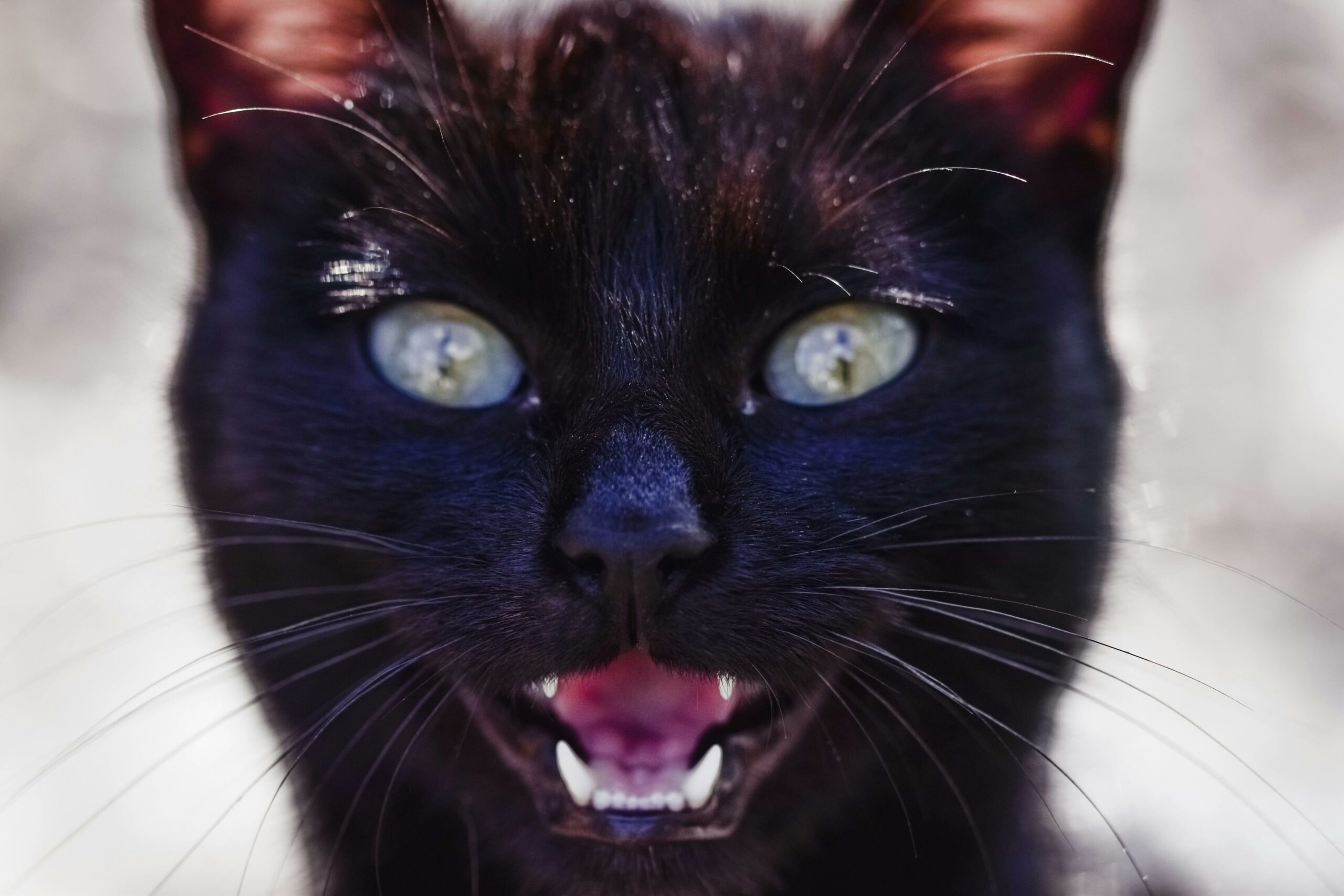
Find the charming world of Cornish and Devon Rex cats, known for their unique wavy coats that set them apart from other feline breeds.
Less Hair, Fewer Allergens
These breeds shed less, reducing allergens and making them a great choice for allergy sufferers.
Understanding Their Playful Nature
Cornish and Devon Rex cats are known for their energetic and playful personalities, making them delightful companions for families.
Sphynx: The Hairless Phenomenon

The Sphynx cat breed has gained widespread attention for its unique hairless appearance. Known as the “hairless phenomenon,” Sphynx cats are often mistakenly thought to be hypoallergenic due to their lack of fur. However, there are specific care requirements and considerations to keep in mind when considering the Sphynx as a hypoallergenic pet.
Care Requirements For The Hairless Sphynx
Due to their lack of fur, Sphynx cats require special care to maintain their skin health. Regular bathing is essential to remove excess oils and prevent skin infections. Additionally, they may need protection from sunburn and require a warm environment to compensate for their lack of insulation.
Why Hairlessness Doesn’t Guarantee Allergen-free
Despite their lack of fur, Sphynx cats still produce allergens through their saliva, skin, and dander. These allergens can trigger reactions in sensitive individuals, so it’s important to note that hairlessness does not guarantee an allergen-free environment.
Choosing The Right Hypoallergenic Cat
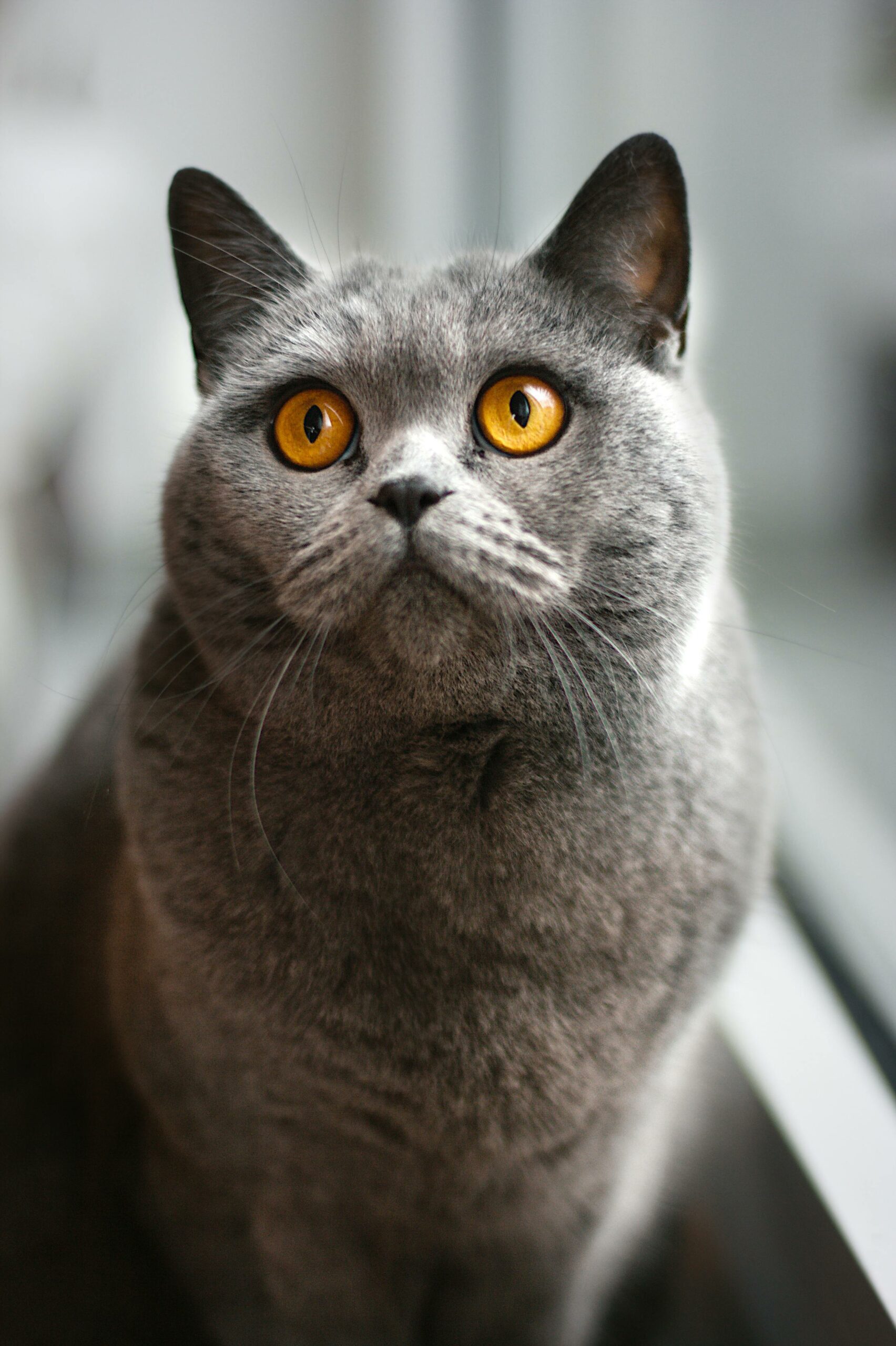
For cat lovers who suffer from allergies, hypoallergenic cat breeds can be a great option. These cats produce fewer allergens than other breeds, making them less likely to trigger allergic reactions. However, choosing the right hypoallergenic cat requires some considerations before adopting. Here are some things to keep in mind:
Considerations Before Adopting
- Allergy testing: Before adopting any cat, it’s important to get an allergy test to determine if you are allergic to cats. Allergy tests can also help identify specific allergens, so you can choose a cat breed that produces fewer of those allergens.
- Breed: Not all hypoallergenic cat breeds are the same. Some breeds produce fewer allergens than others, so it’s important to research and choose a breed that is compatible with your allergies.
- Grooming: Regular grooming can help reduce allergens in a cat’s fur. Consider a breed that requires less grooming or requires professional grooming to keep allergens at bay.
- Age: Older cats may produce fewer allergens than younger cats, so consider adopting an adult cat instead of a kitten.
Living With A Hypoallergenic Cat: Tips And Tricks
Once you’ve chosen the right hypoallergenic cat, it’s important to create an environment that reduces allergens in your home. Here are some tips and tricks:
- Clean regularly: Regular cleaning can help reduce allergens in your home. Vacuum carpets and furniture, dust surfaces, and wash bedding regularly.
- Keep the cat out of certain areas: Designate certain areas of your home as cat-free zones, such as your bedroom or any rooms with carpeting.
- Invest in an air purifier: An air purifier can help remove allergens from the air, making it easier for you to breathe.
- Wash your hands: Wash your hands after petting your cat to remove any allergens from your skin.
Choosing the right hypoallergenic cat requires careful consideration and research, but with the right breed and living environment, cat lovers with allergies can enjoy the companionship of a furry friend without the discomfort of allergic reactions.
Fostering A Healthy Environment
Fostering a healthy environment for hypoallergenic cat breeds is crucial in managing allergies and ensuring a harmonious coexistence with your feline friend.
Reducing Allergens At Home
- Vacuum carpets and upholstery regularly.
- Use air purifiers with HEPA filters.
- Wash bedding and curtains frequently.
The Importance Of Regular Grooming
- Brush your cat’s fur weekly.
- Give your cat regular baths.
- Trim your cat’s nails to reduce scratching.
Hypoallergenic cat breeds offer a solution for allergy sufferers seeking feline companionship. With their unique genetic makeup, these cats can reduce allergens, making them a suitable choice for many households. Consider adopting one of these breeds for a happy and sneeze-free coexistence.
Frequently Asked Questions
What Is The Most Hypoallergenic Cat Breed?
The Siberian cat breed is considered the most hypoallergenic due to their lower levels of the Fel d 1 protein.
What Cat Is Best For Someone With Allergies?
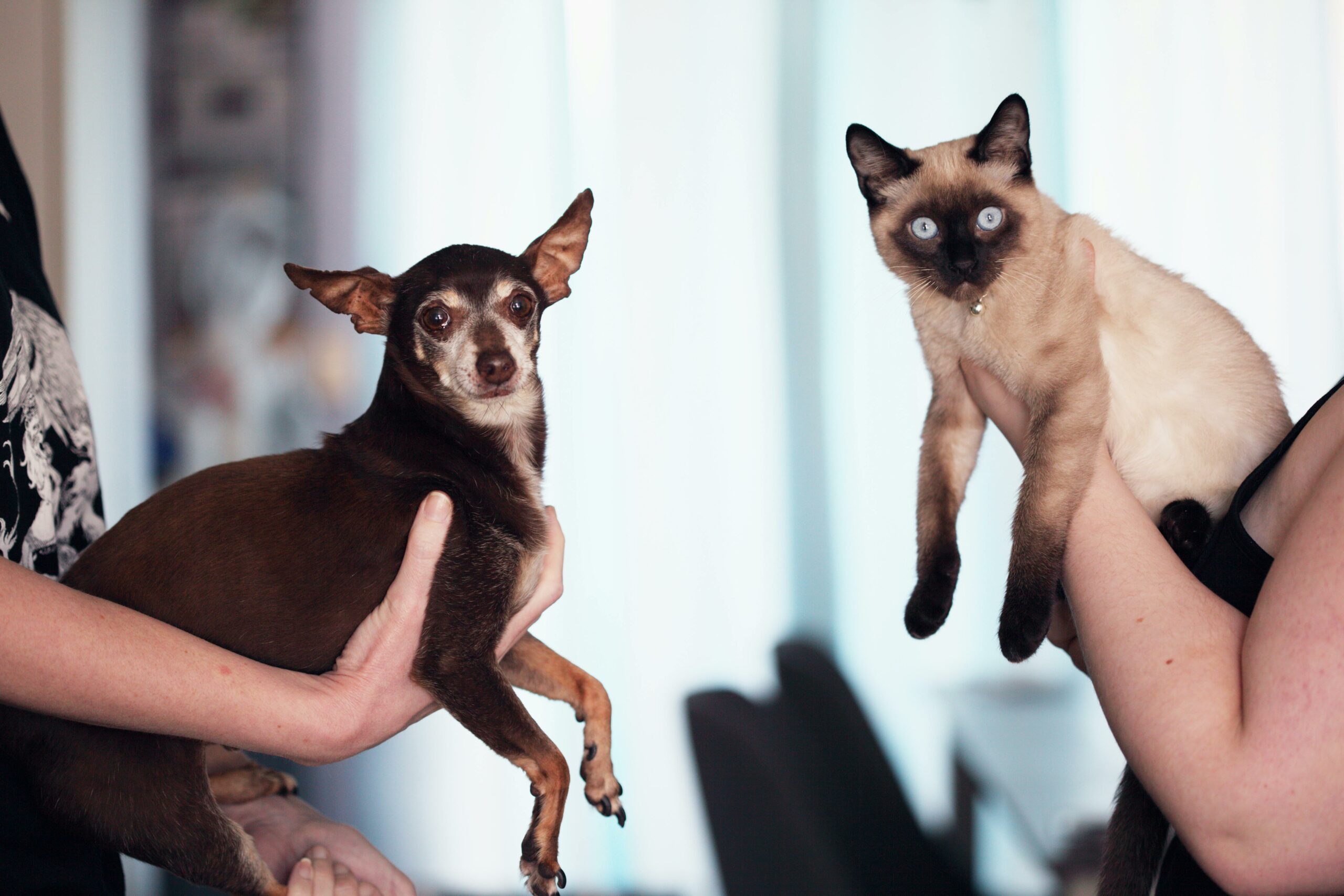
The best cat for someone with allergies is a hypoallergenic breed, such as the Sphynx, Russian Blue, or Balinese. These breeds produce fewer allergens and are less likely to trigger allergic reactions. Regular grooming and a clean living environment can also help reduce allergens.
Are Any Cats 100% Hypoallergenic?
No cats are 100% hypoallergenic due to the proteins in their saliva and dander.
What Cat Is No One Allergic To?
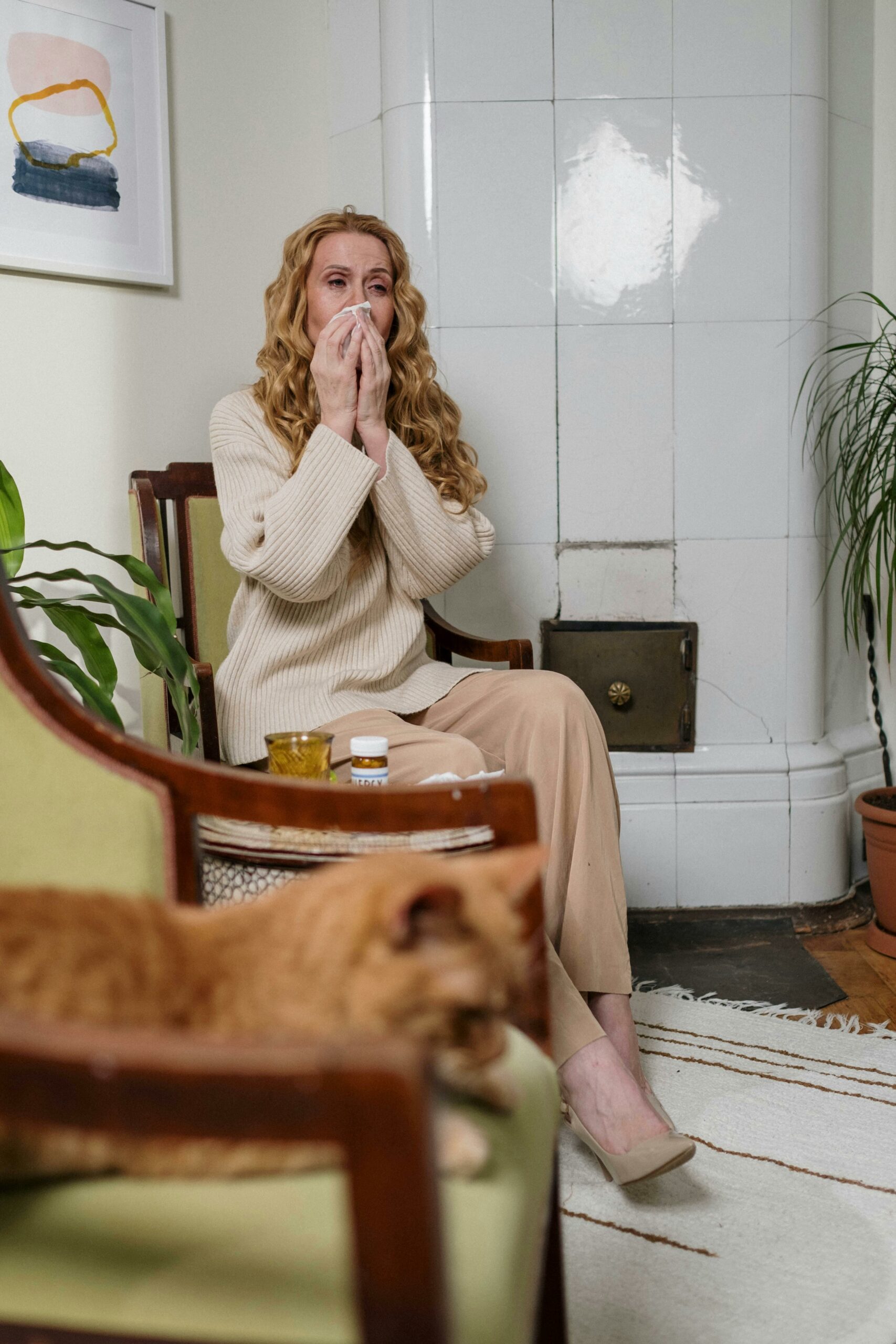
No cat breed is 100% hypoallergenic, but certain breeds produce less of the allergenic protein in their saliva and skin glands. These include the Balinese, Russian Blue, and Sphynx cats. It’s best to spend time with a cat before adopting to see if you have an allergic reaction.
